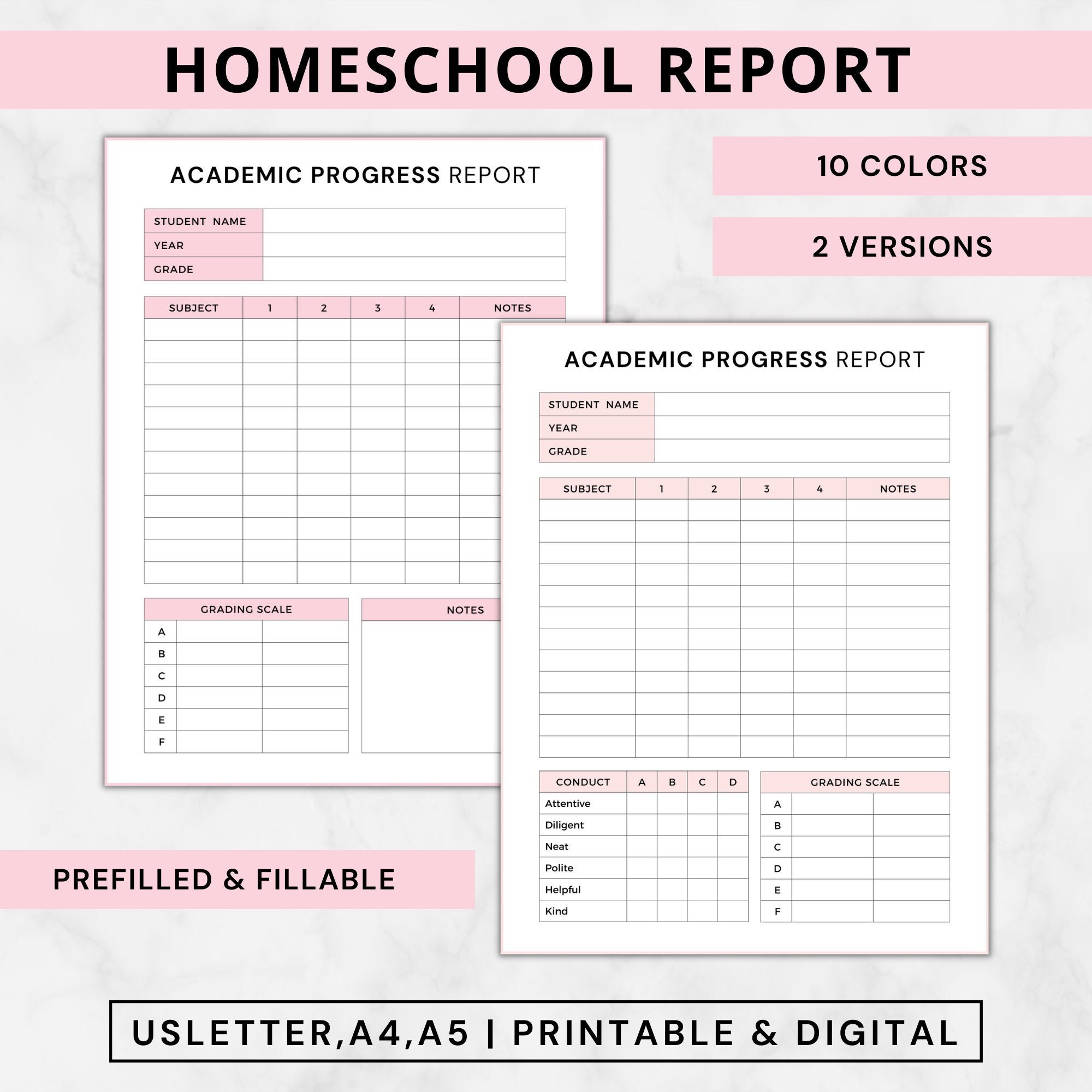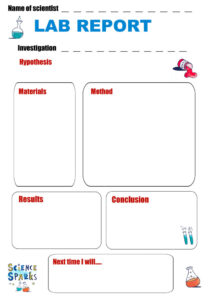Embarking on the homeschooling journey is an adventure filled with unique joys, challenges, and incredible learning opportunities. As you guide your children through their educational path, you’re not just a teacher, but also a mentor, a curriculum designer, and often, an administrator. One aspect of this administrative role, which can sometimes feel daunting, is the need to document and reflect on your child’s progress throughout the academic year.
Keeping track of what your child has learned, the skills they’ve developed, and the experiences they’ve gained is crucial for several reasons. It helps you, as the parent-educator, to see the big picture of their growth, identify areas where they might need more support, and celebrate their accomplishments. Furthermore, many states require some form of annual evaluation or progress report from homeschooling families to ensure educational standards are being met. This is where a well-structured homeschool annual progress report template becomes an invaluable tool.

This article will walk you through the importance of a comprehensive progress report, what key elements it should include, and how you can effectively use a homeschool annual progress report template to streamline your record-keeping and make year-end assessments a breeze. Think of it not as just another piece of paperwork, but as a living document that tells the story of your child’s learning journey.
Why You Need a Homeschool Annual Progress Report
Creating an annual progress report isn’t just about meeting state requirements; it’s a powerful practice that benefits both you and your child in numerous ways. Firstly, understanding and adhering to your specific state’s homeschooling laws is paramount. Many states mandate an annual assessment, which can range from standardized testing to a portfolio review by a certified teacher, or indeed, a parent-generated progress report. Having a clear, well-organized report demonstrates your compliance and your commitment to providing a thorough education.
Beyond legal compliance, a progress report offers a fantastic opportunity for reflection. It allows you to step back and objectively review the entire year. What worked well? What curriculum choices were effective? Were there any subjects where your child truly excelled or, conversely, struggled? This detailed overview helps you to fine-tune your approach for the upcoming year, making informed decisions about curriculum, teaching methods, and learning resources.
For your child, the report can serve as a tangible record of their hard work and achievements. Reviewing it together can be incredibly motivating, boosting their confidence as they see how much they’ve learned and grown. It validates their efforts and can inspire them to set new goals for themselves, fostering a sense of ownership over their education. This kind of self-awareness is a valuable life skill that extends far beyond academics.
Moreover, a well-maintained annual progress report forms a significant part of your child’s educational portfolio. As they grow older, this portfolio can be vital for various purposes, such as applying for college, demonstrating credits for employment, or even transitioning back into a traditional school setting if circumstances change. A consistent record showcases a continuous and robust educational experience.
It’s also an excellent way to communicate with other family members, tutors, or support groups about your child’s educational journey. When everyone is on the same page regarding progress and goals, it creates a more cohesive and supportive learning environment for the child. This transparency helps to celebrate successes and address challenges collaboratively.
Key Components to Include in Your Report
While the exact content may vary based on your state’s requirements and your family’s unique homeschooling style, a comprehensive homeschool annual progress report template generally includes several key sections:
- Student Information: Basic details like name, age, grade level, and the academic year being reported.
- Attendance Record: A simple log of instructional days, important for meeting state minimums.
- Subjects Studied: A list of all subjects covered throughout the year (e.g., Math, Language Arts, Science, History, Art, Music, Physical Education).
- Curriculum and Resources Used: Detail the primary textbooks, online programs, field trips, co-op classes, and supplementary materials for each subject.
- Learning Objectives and Achievements: Describe what your child aimed to learn and what they successfully accomplished in each subject. This could include skills mastered, books read, projects completed, or concepts understood.
- Evaluation and Grades: If you use them, include grades or a narrative evaluation of your child’s performance in each subject. Focus on growth and understanding, not just rote memorization.
- Strengths and Areas for Growth: Highlight your child’s particular talents and areas where they might need more focus or a different approach in the future.
- Future Goals: Outline academic and personal goals for the upcoming school year.
These components collectively paint a clear picture of your child’s educational journey and provide a solid foundation for future planning. Remember, the goal is to be thorough yet concise, offering a clear snapshot of the year’s progress.
Crafting Your Personalized Report
One of the beautiful aspects of homeschooling is the flexibility to tailor education to your child’s individual needs and interests. The same principle applies to your annual progress report. While a solid homeschool annual progress report template provides a framework, you have the freedom to personalize it to genuinely reflect your family’s unique educational journey. Think about adding sections for extracurricular activities, volunteer work, or special projects that might not fit neatly into traditional subject categories but are crucial to your child’s holistic development.
To make the reporting process less overwhelming at the end of the year, cultivate a habit of ongoing documentation. This could involve keeping a simple daily or weekly log of activities, jotting down notes on significant learning moments, or maintaining a physical or digital portfolio of your child’s work. By consistently collecting evidence of learning throughout the year, assembling the annual report becomes a straightforward compilation rather than a daunting task of recalling months of activity from memory.
Ultimately, your annual progress report should be a celebration of your child’s learning journey and a valuable tool for your family. It’s not just a bureaucratic requirement; it’s an opportunity to reflect on success, identify areas for continued growth, and plan for an even more enriching educational experience in the year ahead. Embrace the process, and let your report tell the inspiring story of your homeschooling adventure.
Creating an annual progress report for your homeschool doesn’t have to be a source of stress. By utilizing a robust homeschool annual progress report template, you can systematically document your child’s achievements, track their development, and ensure compliance with any necessary regulations. This vital document serves as a testament to the dedication you pour into your child’s education, offering a clear record of their growth and setting the stage for future learning adventures.
Embrace the power of reflection and organization that a well-crafted progress report offers. It’s an invaluable tool for guiding your child’s unique educational path, celebrating their successes, and continuously adapting your approach to foster a love for learning that lasts a lifetime.



